The Crabs Aren’t Dead
A general google image search of “Crabs on Tofino Beach” will result in a series of photos with tragic and concerning captions. No need to google it yourself, here’s what they say: “tons of dead crabs on Long Beach!” or, “dead crabs all over the beaches here,” or my personal favourite: “Cox covered in crabs.”
Well, the crabs aren’t dead folks, so save your heartbreak for the real victims out there. More likely the carnage of claws, legs, and carapaces (the top part of the crab shell) are the empty shells of crabs, called molts or exuvia.
Like a snake shedding its skin, or a kid needing larger clothes, crabs, prawns, barnacles and all other crustaceans need to shed their hard outer layers in order to grow. This process is called molting. Crabs will shed the shell on their backs, their legs, and even the coverings on their eyes, and gills. Here’s how it works:
Step 1: Pre-Molting. When a crab is ready to molt it begins to absorb calcium into its hemolymph (the crab equivalent of blood). At the same time, the crab secretes an enzyme that breaks down the connections between the old shell and the muscles and other tissue inside. Finally, the crab creates a very thin and flexible shell layer underneath the old shell.
Step 2: A living balloon. A day before molting, the crab begins to fill its body with water. The expanding tissue helps to further loosen the old shell. Eventually it is so large that the old shell cracks along a seam near the back (ever split your pants? It’s kind of like that).
Step 3: Molting. The actual process of removing the old shell takes between fifteen minutes and three hours, depending on the crab species. The crab starts by using its legs to push its body out through the open seam at the back of its body. The hind legs come out next, followed by the front legs and claws. The stiff lining on the gills and internal mouth appendages is pulled out through the mouth and is sloughed off as well.
Step 4: Soft shell. During this small window of time, the crab transitions from a hard, vicious predator to a soft, paranoid coward. A full shell can take anywhere from a few days to a few weeks to fully harden. During that time the soft-shelled crab is extremely delicate, vulnerable to predation, and usually hides until its shell has hardened.
Step 5: Hardening. Using the excess calcium in its system, the crab creates a new shell. To give itself room to grow before the next molt, the crab continues to fill its tissues with water. In doing this, the new shell is slightly larger than the crab’s actual body size and gives the crab time to grow into it (kind of like getting too-big shoes for a rapidly-growing child).
Step 6: Bulking up. Between molts, the crab continues eating and eventually replace sea water with protein and the internal components (such as their esophagus and gill coverings) that were lost during the molting process.
Not only is molting essential to growth, it is also a way for crabs to regularly rid themselves of parasites such as barnacles and tube worms. If there are any damaged segments of shell, molting is a way to fill in the holes. Missing legs and claws are regrown during this time as well.
With many crab species, molting is also a time during which mating occurs. Dungeness crabs, for example, mate when the females are in their soft-shell phase. Females molt in the spring whereas males molt in the late summer. These mass molting periods will result in hundreds of thousands of crab shells washing up on the beaches, resulting in “Cox covered in crabs.”
Some crab species, and especially young crabs will molt more than once a year. Others will molt less than once a year. Still others, like the beautiful Puget Sound King Crab, are largely understudied and unknown.
Crab molting is a matter of particular interest to climate biologists right now. Rising ocean temperatures and increased ocean acidity could have huge impacts on crab growth. Temperature and presence of calcium are key in triggering crab molting, and with those factors changing, the ability for crabs to grow could be impacted.
In an effort to end on a positive note, however, here’s crab joke: why don’t crabs donate to charity? They’re shellfish. Well… they’re actually crustaceans. Tomato, tomato.
Written by Emily Beeson




